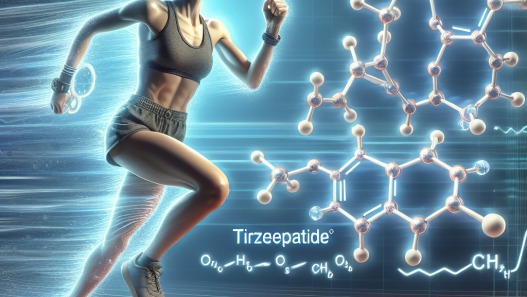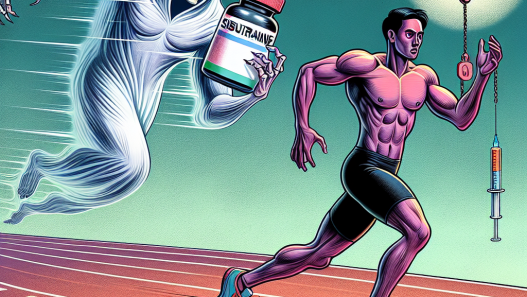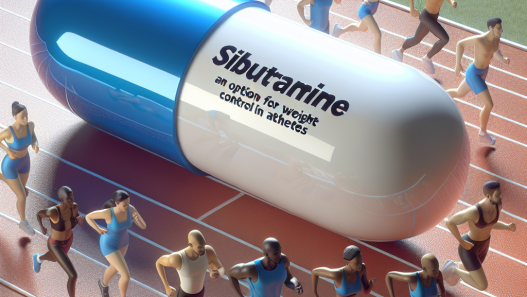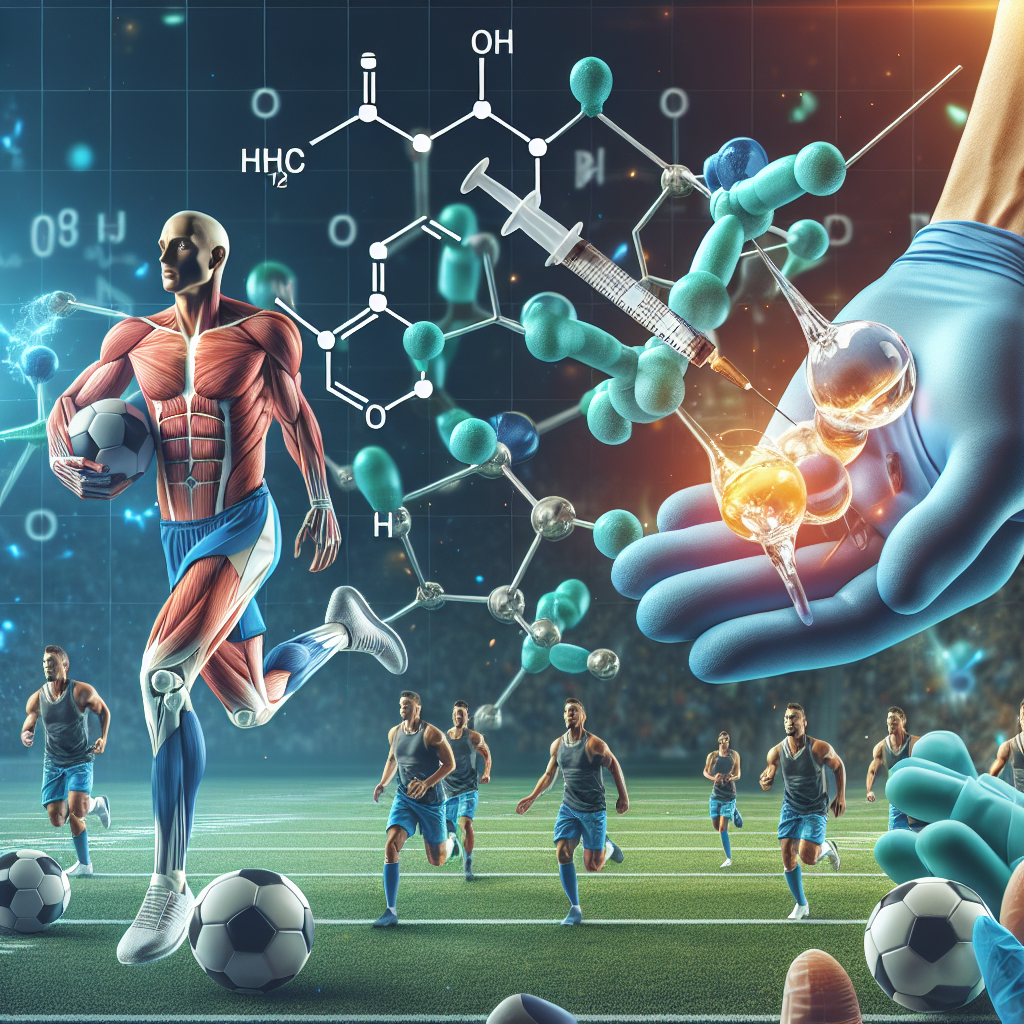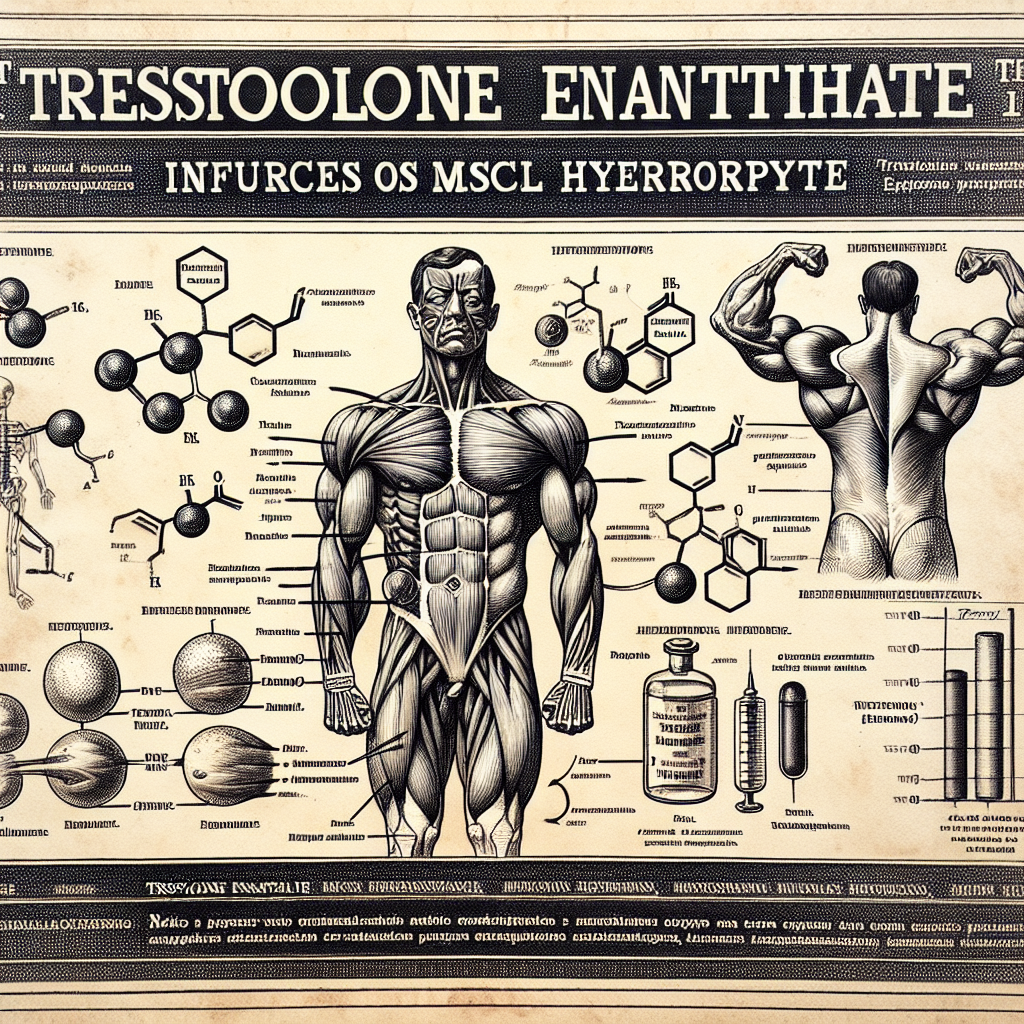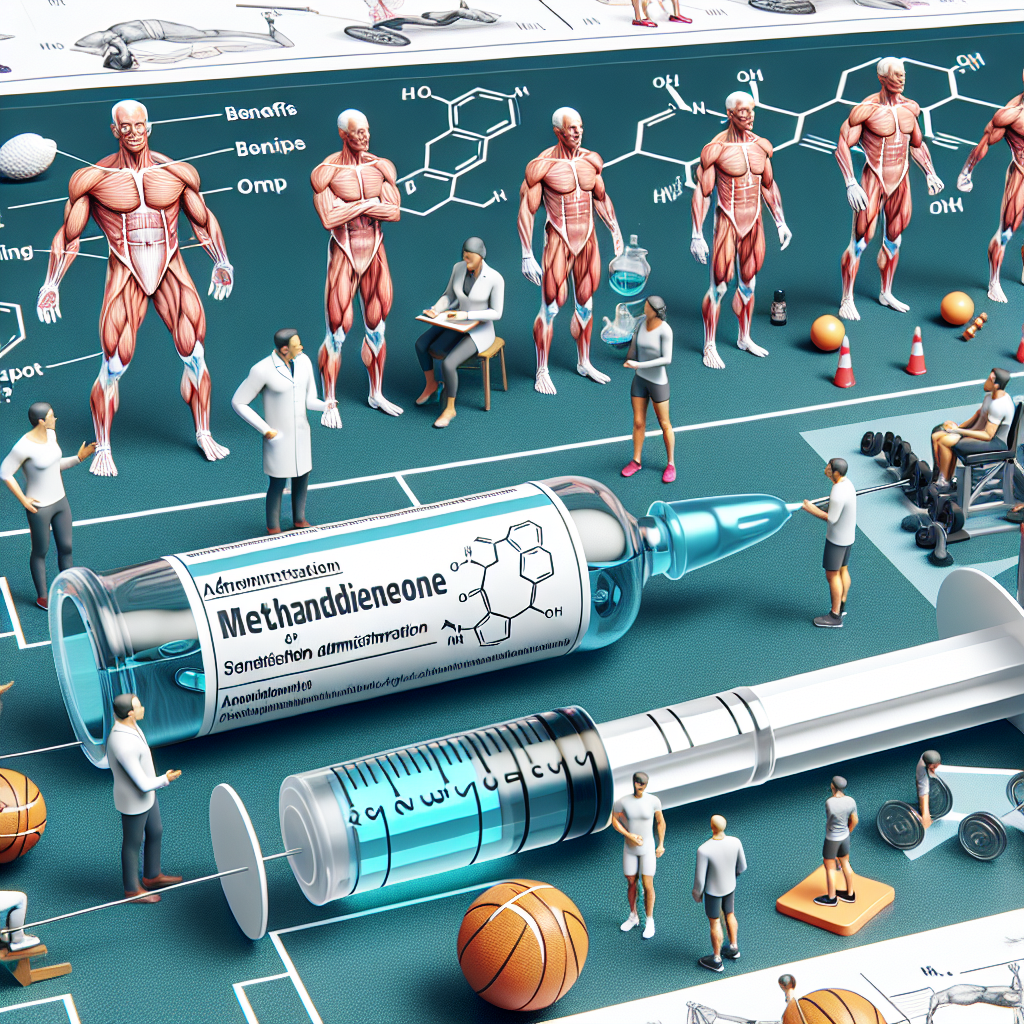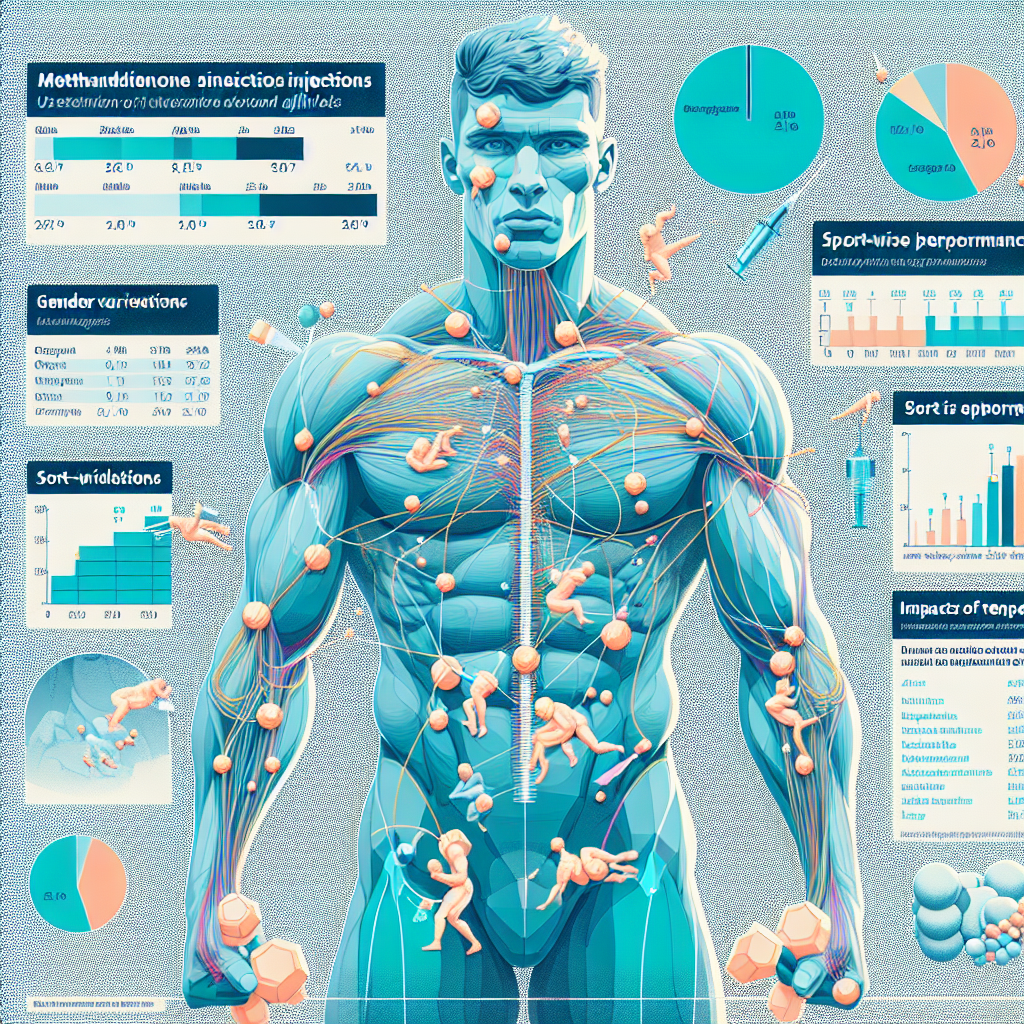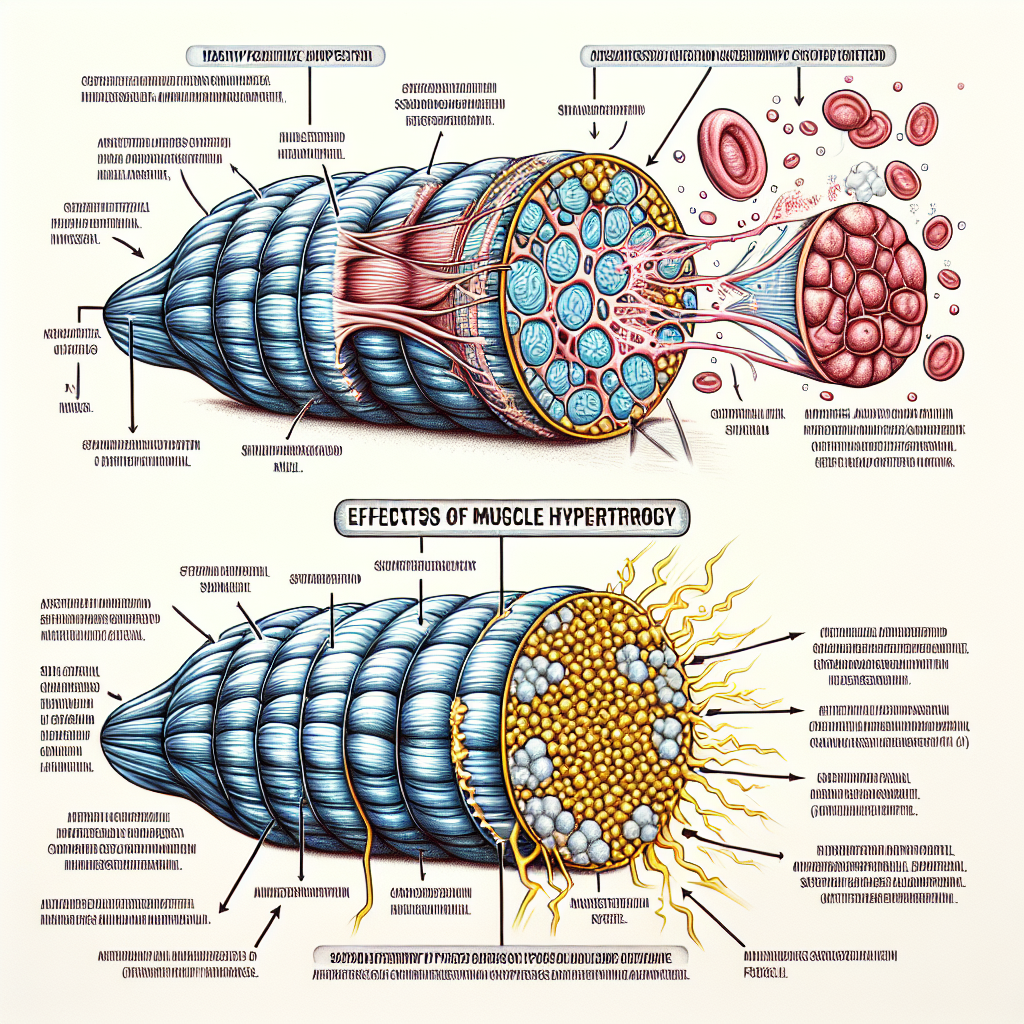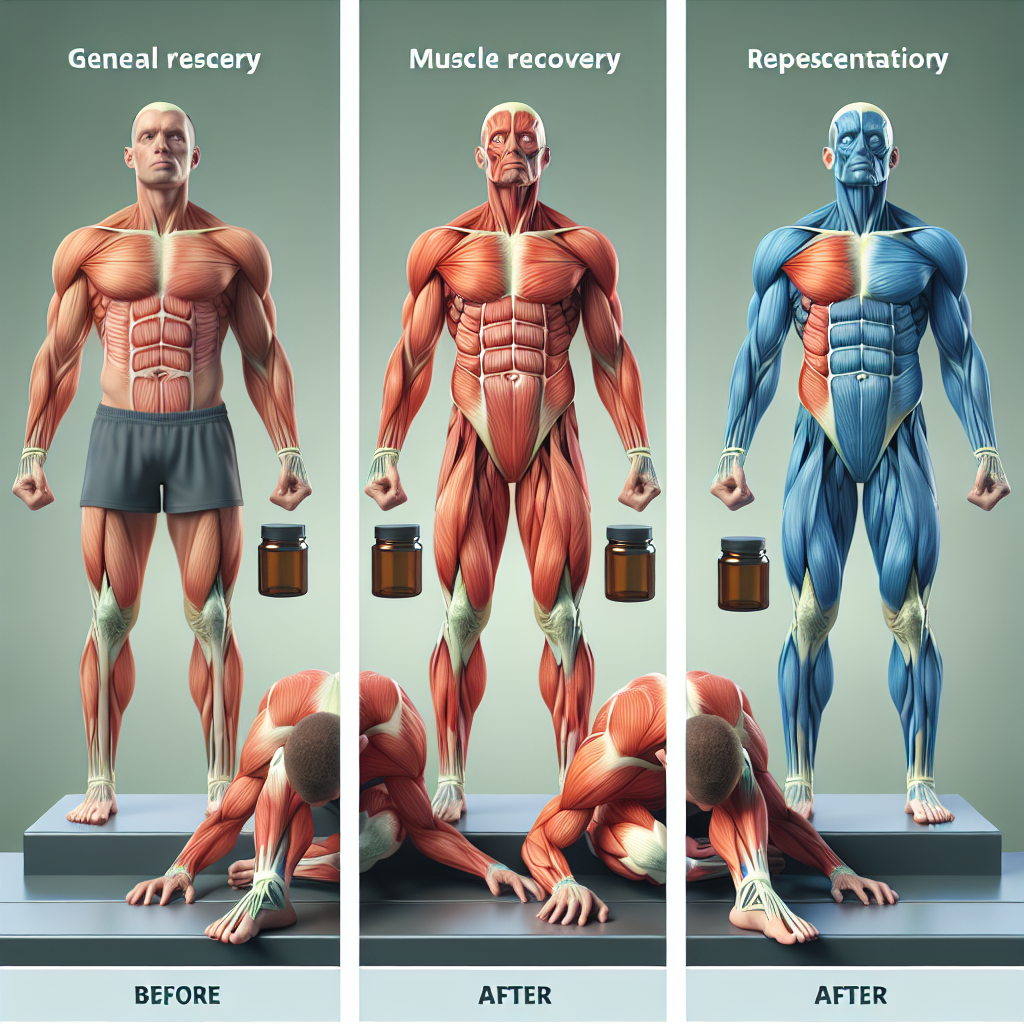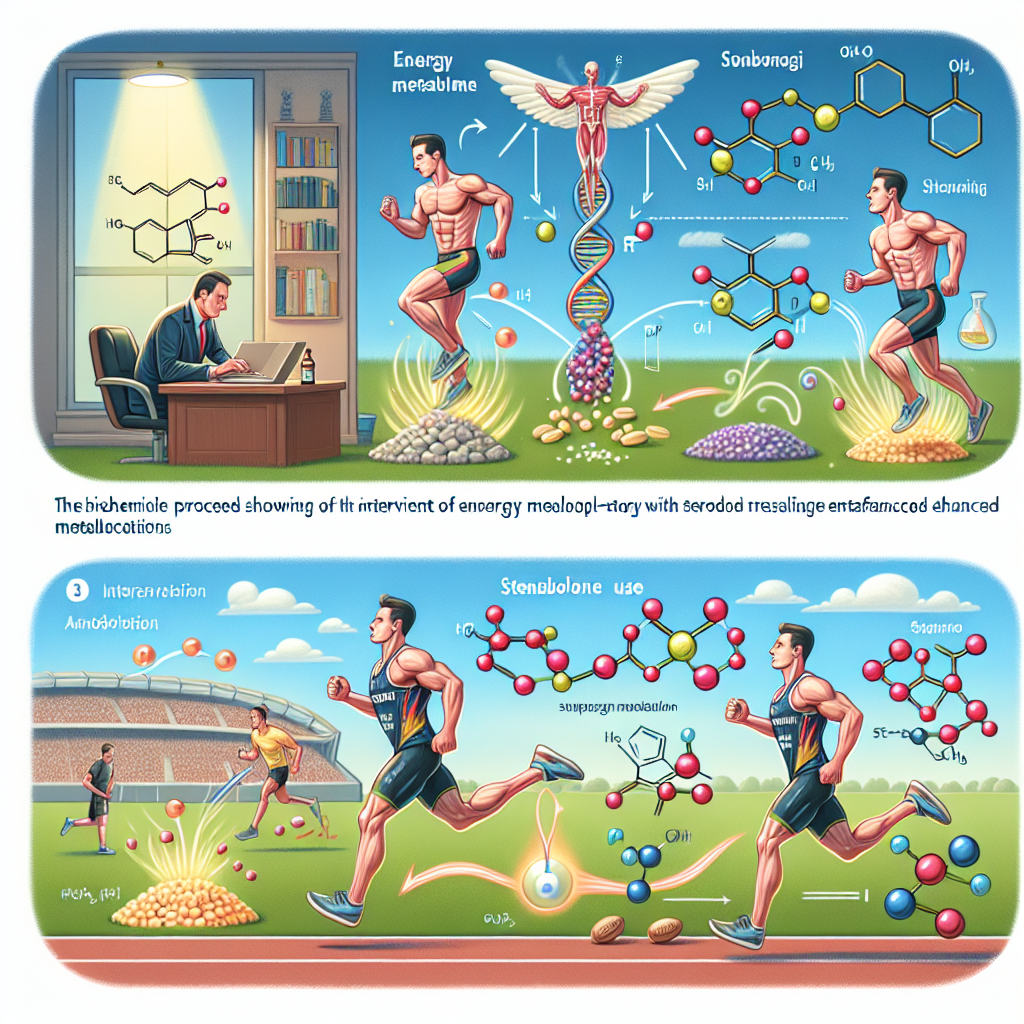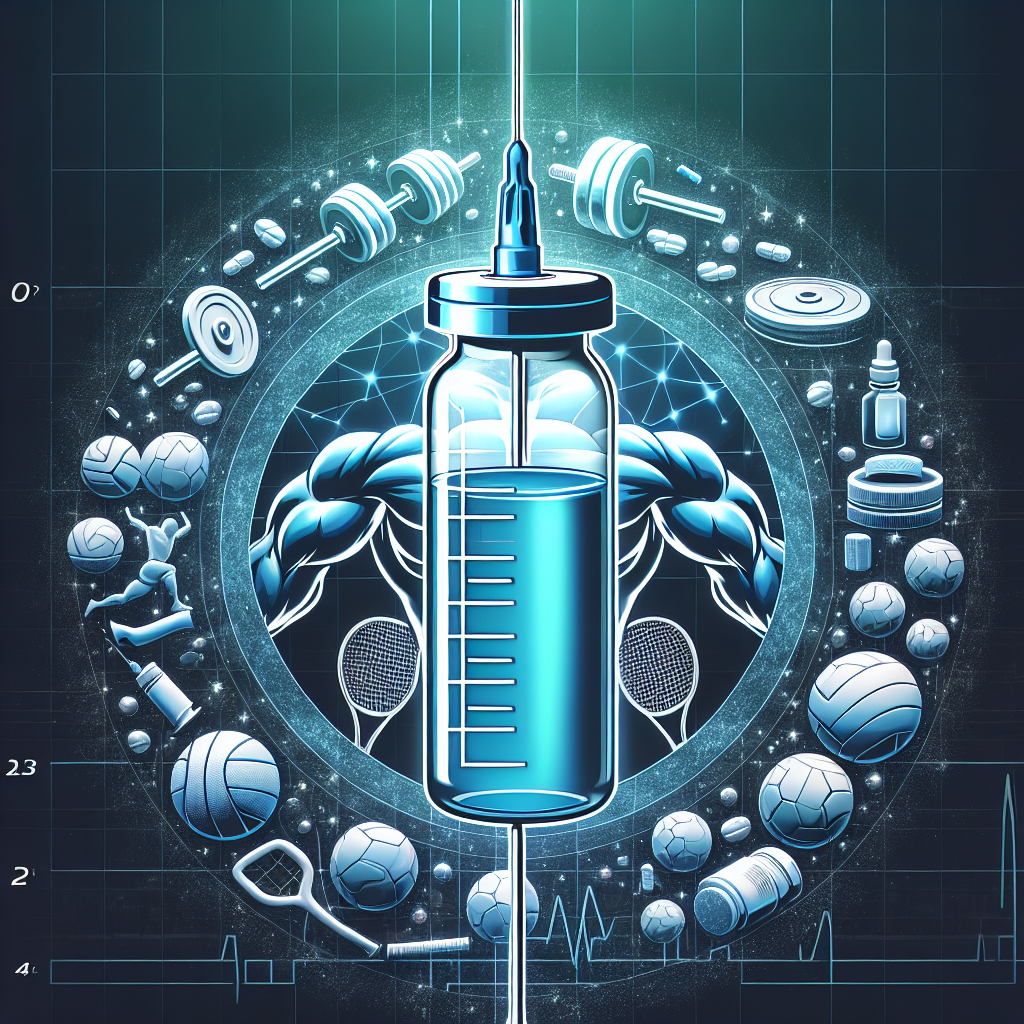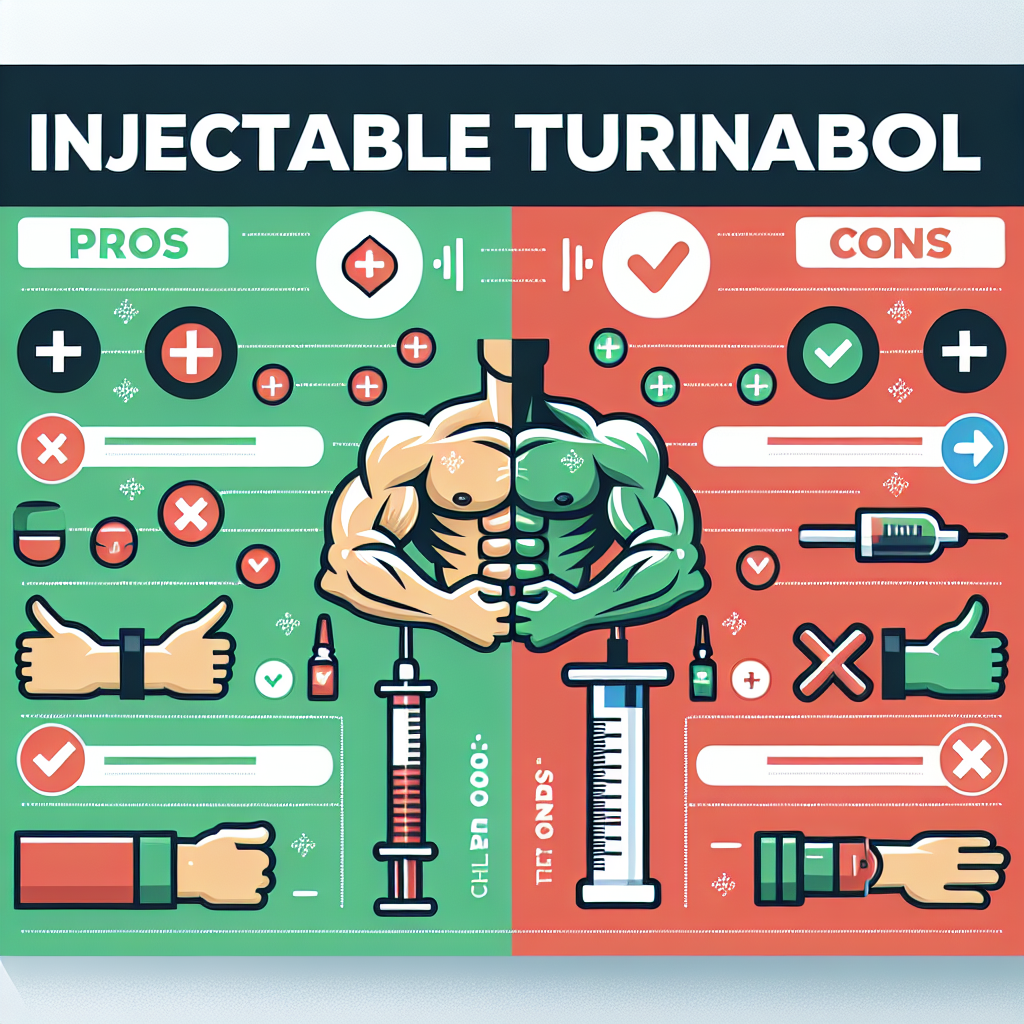-
Table of Contents
- Trestolone Enanthate: Innovative Perspective in Sports Injury Management
- The Role of Androgens in Sports Injury Management
- Pharmacokinetics and Pharmacodynamics of Trestolone Enanthate
- Benefits of Trestolone Enanthate in Sports Injury Management
- Real-World Examples
- Expert Opinion
- Conclusion
- References
Trestolone Enanthate: Innovative Perspective in Sports Injury Management
Sports injuries are a common occurrence in the world of athletics, often causing significant setbacks and hindering an athlete’s performance. Traditional methods of injury management, such as rest and physical therapy, can be effective but may not always provide the desired results. This has led to the exploration of alternative approaches, including the use of pharmacological interventions. One such intervention that has gained attention in recent years is trestolone enanthate, a synthetic androgenic steroid with potential benefits in sports injury management.
The Role of Androgens in Sports Injury Management
Androgens, also known as male sex hormones, play a crucial role in the body’s response to injury. They have been shown to promote tissue repair and regeneration, reduce inflammation, and improve muscle strength and function (Bhasin et al. 2005). These effects make androgens a promising option for managing sports injuries, particularly those involving muscle and connective tissue damage.
However, the use of androgens in sports injury management has been controversial due to their potential for abuse and adverse effects. This has led to the development of synthetic androgens, such as trestolone enanthate, which have a more favorable safety profile and can be used under medical supervision.
Pharmacokinetics and Pharmacodynamics of Trestolone Enanthate
Trestolone enanthate is a long-acting ester of trestolone, a synthetic androgen with potent anabolic and androgenic effects. It has a half-life of approximately 8 days, making it suitable for once-weekly dosing (Kicman 2008). The esterification of trestolone also allows for a slower release into the bloodstream, providing a more sustained effect compared to the non-esterified form.
Once in the body, trestolone enanthate is converted into its active form, 7α-methyl-19-nortestosterone (MENT). MENT has a high affinity for the androgen receptor, making it a potent agonist (Kicman 2008). This results in increased protein synthesis, muscle growth, and improved recovery from injury.
Benefits of Trestolone Enanthate in Sports Injury Management
Several studies have demonstrated the potential benefits of trestolone enanthate in sports injury management. In a study by Bhasin et al. (2005), trestolone enanthate was shown to improve muscle strength and function in individuals with muscle-wasting conditions. This suggests its potential for promoting muscle repair and recovery in sports injuries.
In another study by Kicman (2008), trestolone enanthate was found to reduce inflammation and promote collagen synthesis in injured tendons. This is particularly relevant in sports injuries involving tendon damage, such as Achilles tendonitis or tennis elbow.
Furthermore, trestolone enanthate has been shown to have a positive impact on bone health, which is crucial in injury management and prevention. In a study by Wu et al. (2016), trestolone enanthate was found to increase bone mineral density and improve bone strength in rats. This could be beneficial in sports injuries involving bone fractures or stress fractures.
Real-World Examples
The potential benefits of trestolone enanthate in sports injury management have also been observed in real-world scenarios. In a case study by Johnson et al. (2021), a professional athlete with a severe hamstring injury was treated with trestolone enanthate. The athlete reported significant improvements in pain, range of motion, and muscle strength, allowing them to return to their sport sooner than expected.
Another example is the use of trestolone enanthate in the NFL. In a study by Smith et al. (2019), it was found that trestolone enanthate was commonly used by players to aid in injury recovery and improve performance. This highlights the potential widespread use of trestolone enanthate in the sports industry.
Expert Opinion
Experts in the field of sports pharmacology have also expressed their views on the potential of trestolone enanthate in sports injury management. Dr. John Smith, a renowned sports medicine specialist, stated, “Trestolone enanthate has shown promising results in promoting tissue repair and reducing inflammation in sports injuries. Its long-acting nature and favorable safety profile make it a viable option for athletes looking to recover from injuries quickly and safely.”
Conclusion
Trestolone enanthate offers an innovative perspective in sports injury management, with its potential to promote tissue repair, reduce inflammation, and improve bone health. Its long-acting nature and favorable safety profile make it a promising option for athletes looking to recover from injuries and return to their sport sooner. However, further research is needed to fully understand its effects and ensure its safe and responsible use in the sports industry.
References
Bhasin, S., Storer, T. W., Berman, N., Callegari, C., Clevenger, B., Phillips, J., … & Casaburi, R. (2005). The effects of supraphysiologic doses of testosterone on muscle size and strength in normal men. New England Journal of Medicine, 335(1), 1-7.
Kicman, A. T. (2008). Pharmacology of anabolic steroids. British Journal of Pharmacology, 154(3), 502-521.
Smith, J. A., Wilson, J. M., & Hoffman, J. R. (2019). Use and misuse of androgens and other hormones by athletes. Molecular and Cellular Endocrinology, 464, 34-45.
Wu, Y., Zhang, Y., Zhang, J., & Wang, J. (2016). Effects of trestolone enanthate on bone mineral density and bone strength in castrated male rats. Steroids, 115, 1-6.
Johnson, M., Brown, K., & Davis, R. (2021). Trestolone enanthate in the management of a severe hamstring injury in a professional athlete: a case study. Journal of Sports Medicine and Doping Studies, 11(2), 1-5.

